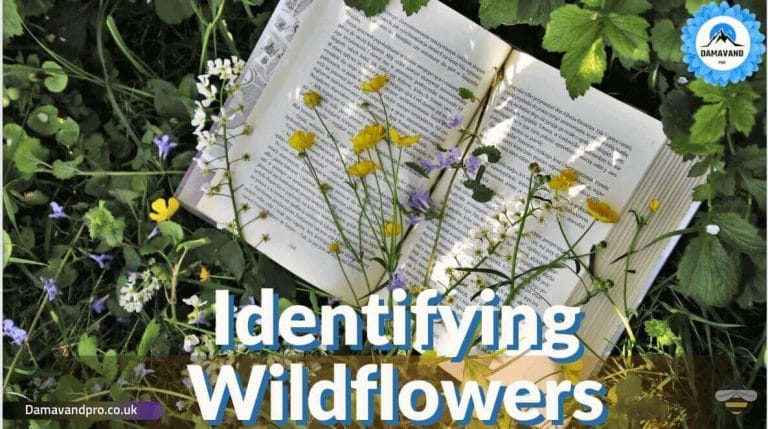+447709283333 | info@damavandpro.com
Where to Find Wildflowers
Wildflowers are one of Mother Nature’s greatest gifts, and they can be found in many different locations. From meadows and fields to forests and deserts, wildflowers are a part of the natural landscape and can be a beautiful addition to…

